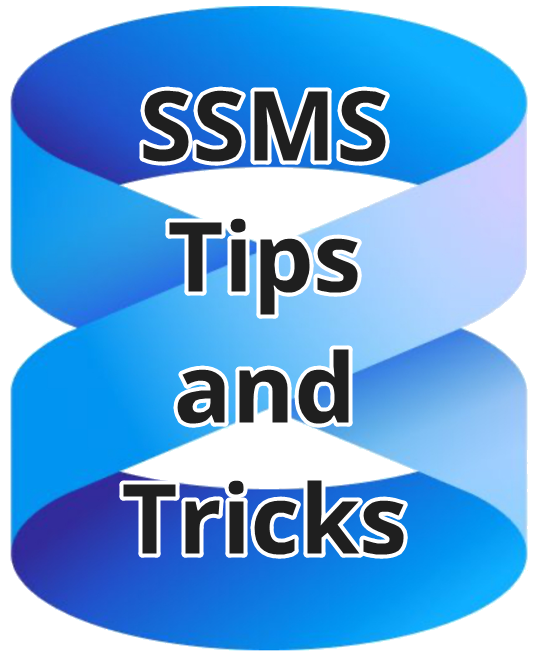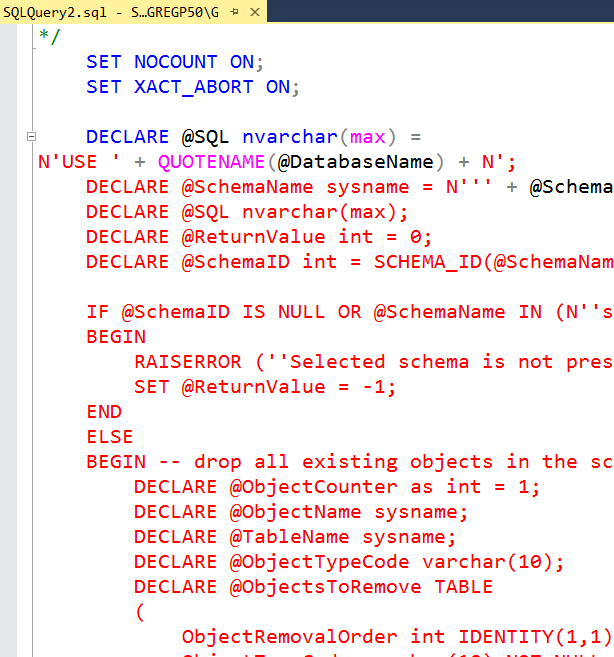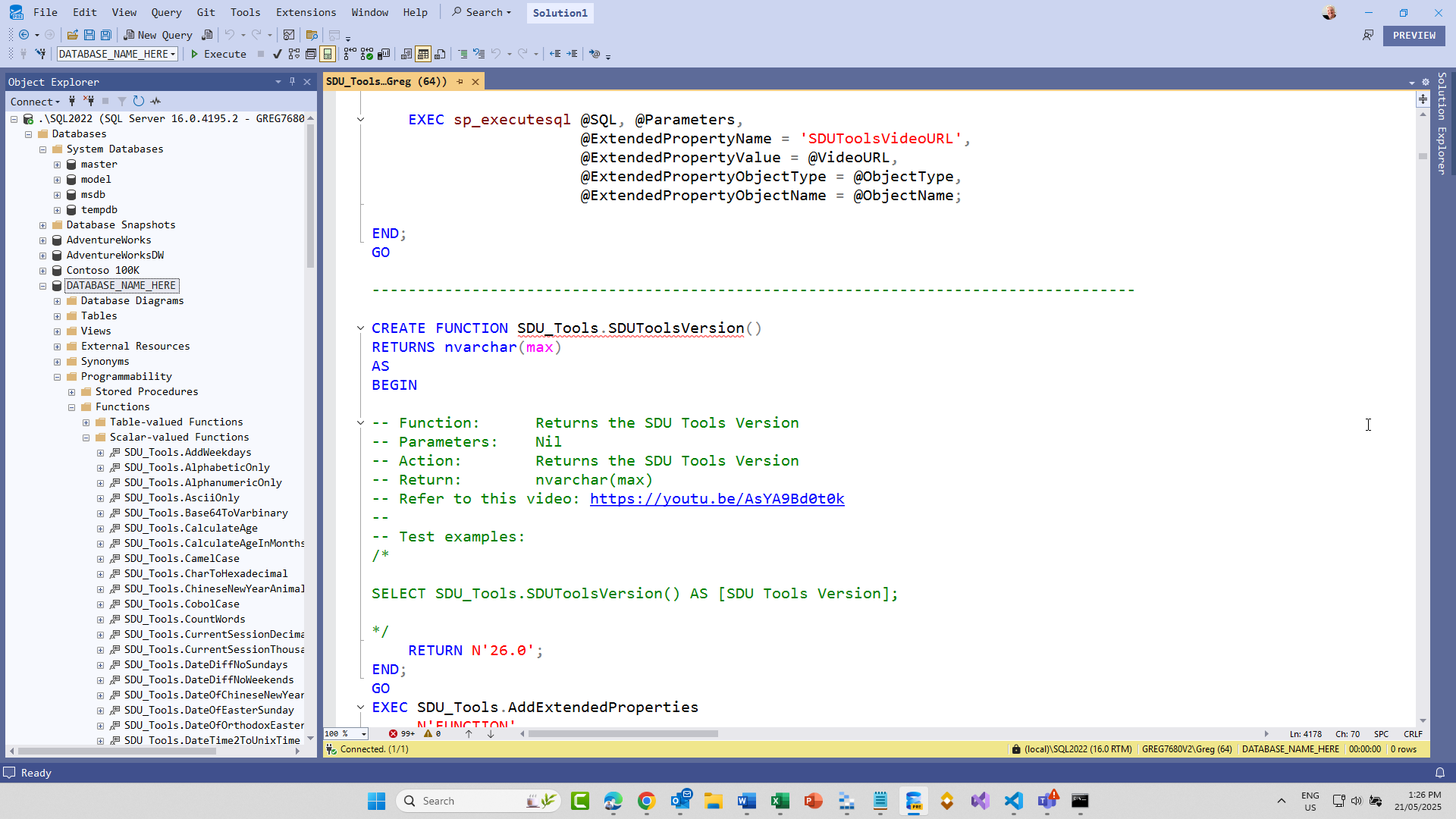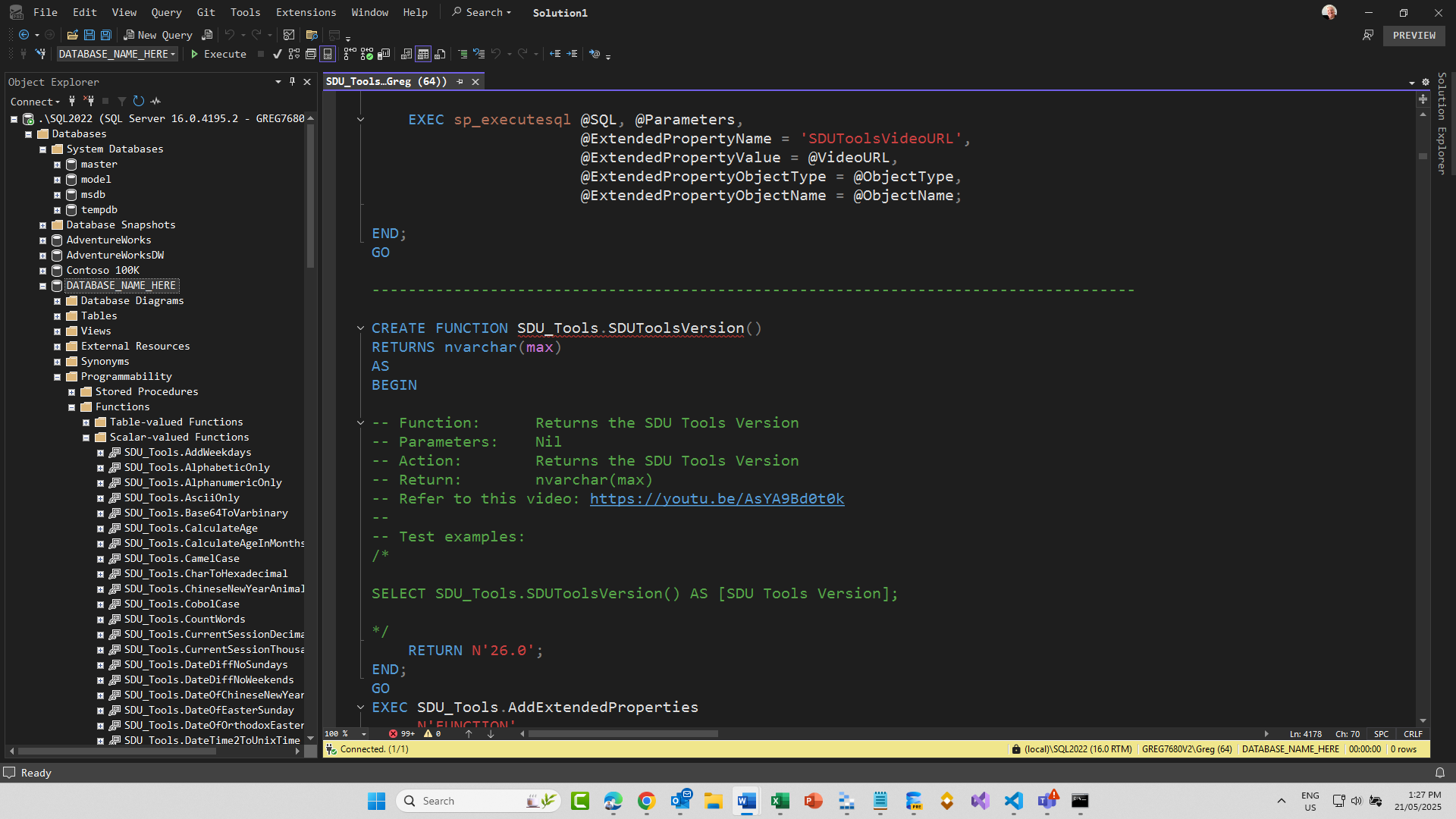
SQL Interview: 59 Schema Binding
This is a post in the SQL Interview series. These aren’t trick or gotcha questions, they’re just questions designed to scope out a candidate’s knowledge around SQL Server and Azure SQL Database.
Section: Development Level: Advanced
Question:
You are reviewing T-SQL code from an application.
You notice that a view includes WITH SCHEMA_BINDING in its declaration.
What does that affect?
Answer:
Adding WITH SCHEMA_BINDING to a view definition ensures that the underlying objects (like tables) cannot be changed while the view exists.
2025-06-29






